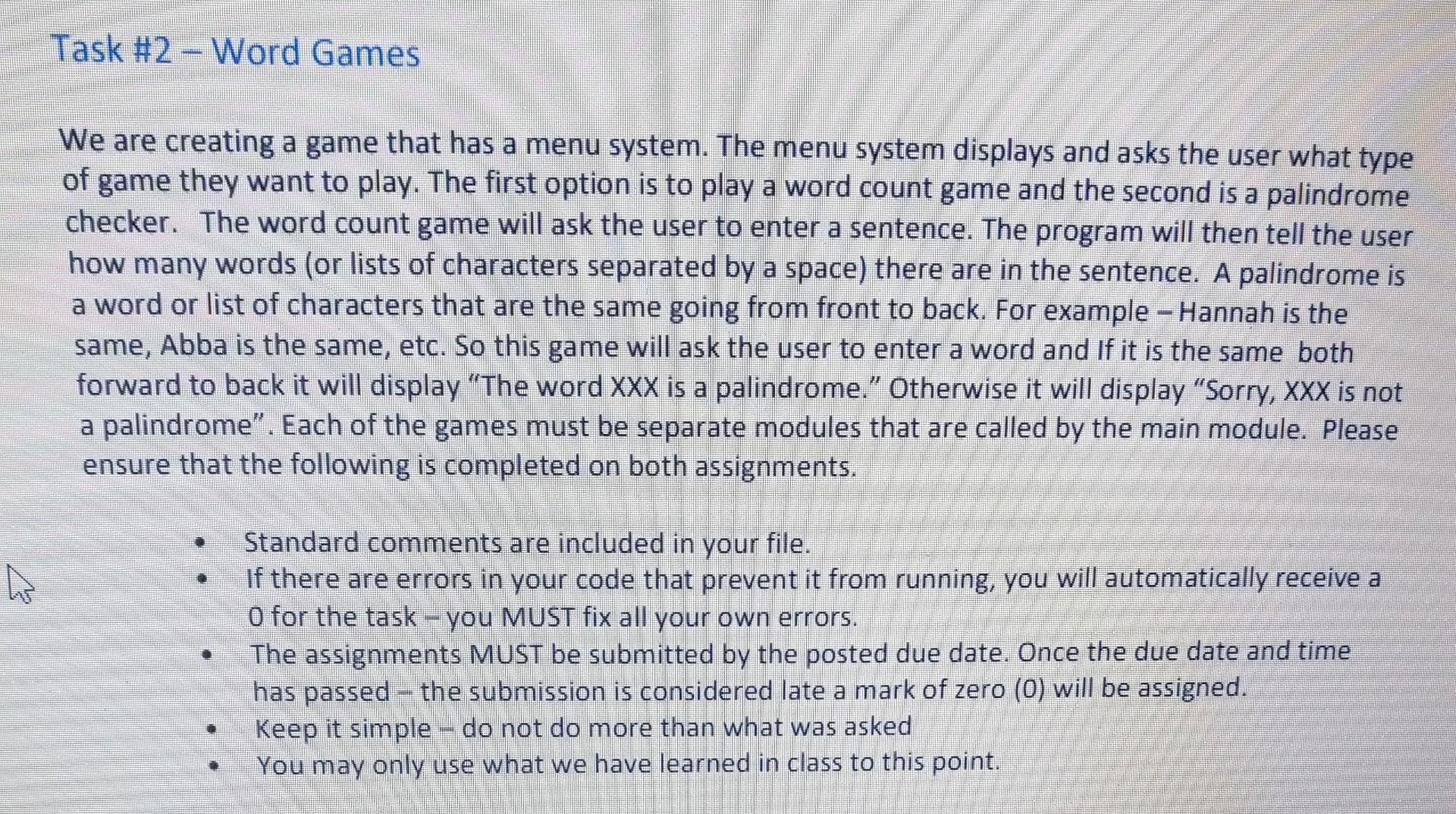
Children can develop basic knowledge about shapes by playing games that use shapes. Learning about the properties of shapes can help children develop a strong foundation for maths lessons. Shape games can also help children learn to identify and name shapes in an engaging way.
Shapes games help kids learn to recognize and name shapes from a variety of sizes and orientations. These games can help children practice their shape knowledge in unfamiliar ways. For example, games like Shapes Falling Down can help kids practice learning about shapes that have been turned upside down.
Another fun interactive shape game is Shape Monsters. This game will teach children how to recognize and name different shapes. Before moving their finger to make it drop, kids must select the correct shape. A sound prompt will be sent to them when they have selected the correct shape.

Shape games are also a great way for kids to practice their drawing skills. They can draw the shapes on a chalkboard or with real objects. Once they're done with drawing, they can use a cutting machine to cut the shapes into grids. This helps them practice how to calculate angles. They will also learn how an area formula works. If they make an error, they will receive a "Try It Again!" message. If they don't make mistakes, they will accumulate points.
These are the most engaging and colorful shapes games. These games are ideal for both kindergarteners as well as preschoolers. Using shape games will help kids build a solid foundation for their geometry lessons. It will help them improve their maths skills as well as their confidence.
There are many shape games available for kids to play online. Shape Runner (or Shape Tunnel), Color Trouble (or Slice Shapes) are all very popular. These games will teach your children how to recognize basic shapes and teach them about co-ordination, tessellating patterns and symmetry. They will also learn all about faces, faces with angles and other shapes. Use of shapes games can help kids improve their geometry skills. Children will learn about shapes' properties and be able find them in everyday objects.
There are shape sorting and shape games. These games can help children identify and name the shapes of their classmates. Students will learn how to classify shapes by color and shape. Students can also try to sort shapes in different ways, such as by cutting them into squares. Students will also learn about shape properties such as area or perimeter.

There are also shape games that don't require interaction. These are games that you can draw on paper using scissors or tape. They are a great way to get your children used to drawing shapes. They can help children see and understand the shapes they are surrounding them.
FAQ
Is it difficult to become a teacher?
Being a teacher is a huge commitment. It will require you to dedicate a lot of time to your studies.
You should expect to work around 40 hours per week while pursuing your degree.
A job that is flexible with your schedule is another important consideration. Part-time jobs are difficult to find for students who want to balance school and work.
If you get a permanent job, you'll likely be teaching classes during the workday. You may even need to travel to different schools throughout the week.
What are the factors to consider when choosing a major
First decide whether you'd rather be a professional or a student first. First, make a list about your interests and talents. You might be interested in reading, listening and watching music, or talking to people. Your talents could include singing, writing, painting, sewing, crafting, cooking, baking, cooking, woodworking and gardening. You can use your interests and talents to help you select a major.
If you're interested in becoming an artist, you might be drawn to art history or fine arts. Biology could appeal to you if animals are your passion. Pre-medicine and medical technology might be a good option if you want to become a doctor. Computer science and computer networking are options for those who want to pursue a career in computer science. There are many options. It's important to consider what you would like.
What is the difference between a college and a university
A university is an institution that offers higher education. It offers various undergraduate and postgraduate degrees in different fields.
A college is often smaller and less famous than a university. Although it may offer fewer courses, colleges often have their own specialist departments.
What are the requirements for my chosen field of work?
Writing skills are essential for lawyers. Nursing requires you to communicate well. Excellent math skills are required to be an accountant. These are just a few examples. You are probably already passionate about many things. What job is best for you? You will need to know how to design machines and structures if you want to become an engineer. To be successful in this area, you'll also need to understand basic math. You will need to be able to comprehend statistics and numbers in order for you to succeed in business. Communication skills are essential for teachers and other professions. You must be able and willing to help others learn.
What is the best time to spend on each semester studying?
The time you spend studying will depend on several factors.
In addition to these factors, some schools may require you to take certain classes yearly. This means you might not have the freedom to take less courses during a semester. Your advisor can advise you on the courses that you must take each semester.
What's the difference between college and school?
Schools are often divided into classes or grades, with one teacher teaching a class of students. Colleges are bigger organizations that offer more specialized courses and may include university-level courses. While schools tend to focus on the basics, colleges can offer courses in a wide range of subjects, including science, language, business, and arts. The curriculum at both levels is designed to prepare students for further study at higher levels.
Statistics
- They are more likely to graduate high school (25%) and finish college (116%). (habitatbroward.org)
- Think of the rhetorical power of nineteenth-century abolitionist Harriet Beecher Stowe, Martin Luther King, Jr., or Occupy Wall Street activists with their rallying cry of “we are the 99 percent.” (bostonreview.net)
- And, within ten years of graduation, 44.1 percent of 1993 humanities graduates had written to public officials, compared to 30.1 percent of STEM majors. (bostonreview.net)
- “Children of homeowners are 116% more likely to graduate from college than children of renters of the same age, race, and income. (habitatbroward.org)
- In most developed countries, a high proportion of the population (up to 50%) now enters higher education at some time in their lives. (en.wikipedia.org)
External Links
How To
What is vocational education?
Vocational education is an educational program that prepares students to work after high school and college. It teaches them specific skills for specific jobs (such as welding). You can also get on-the job training through apprenticeship programs. Vocational education stands out from general education. This is because it focuses less on general knowledge and more on developing skills for specific occupations. Vocational training is not designed to prepare individuals for university but rather to assist them in finding jobs upon graduation.
Vocational education can take place at all levels of schooling. This includes primary schools, secondary schools and colleges, universities as well as colleges, technical institutes, technical colleges, trade schools, community college, junior colleges, four-year colleges, and colleges. There are many schools that specialize in specific subjects, such as nursing schools (law schools), medical schools, dental school, veterinary medicine and firefighting schools. Many of these schools provide both academic instruction as well as practical experience.
Over the last decade, several countries have made significant investment in vocational education. The effectiveness of vocational training is still a controversial topic. Some critics argue that it does little to improve students' employability; others argue that it provides useful preparation for life after school.
According to the U.S. Bureau of Labor Statistics (47% of American adults are currently holding a postsecondary certificate/degree related to their current job), this figure is higher among those with more education. This is a higher percentage among those who have more education. 71% are currently employed in fields that require postsecondary qualifications.
According to the BLS, nearly half of America's adult population held at least one postsecondary credential in 2012. About one-third of Americans held a two-year associate degree, while about 10 percent held a four-year bachelor's degree. One fifth of Americans have a master's, or doctorate.
For those with a bachelor’s degree, the median annual income was $50,000. This is compared to $23,800 if you don't have one. The median income for those with advanced degrees was $81,300.
The median income for those who have not completed high school was just $15,200. Earn $13,000 per annum for those with less high school diplomas.